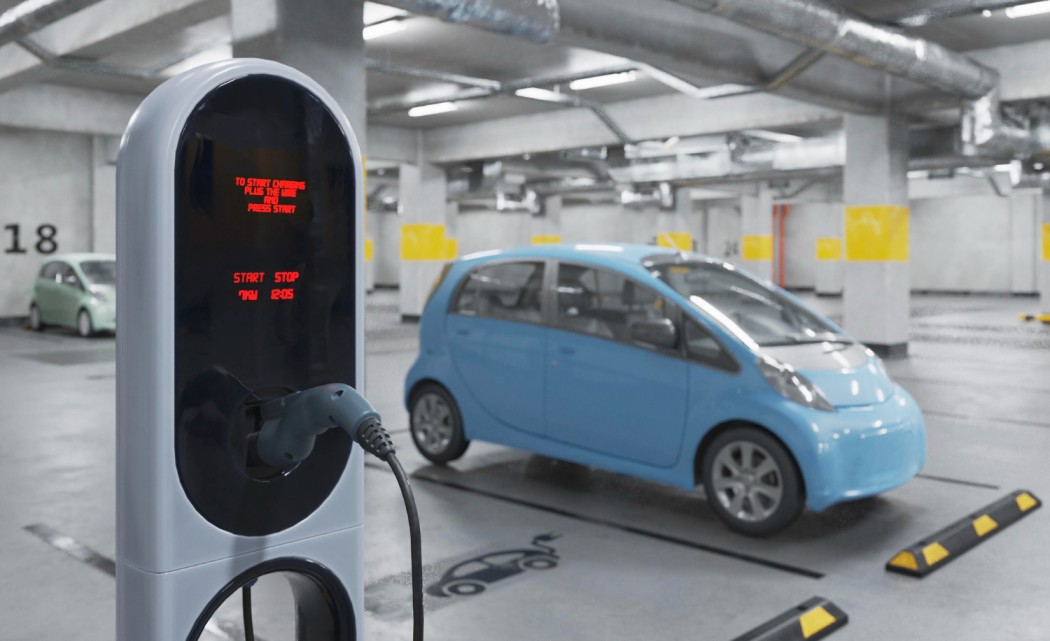The market for electric vehicles (EV) is growing rapidly as people become more aware of the benefits of electric cars. As this trend continues, it is important to understand the role that electronic engineering plays in the design of these vehicles.
In this article, we will discuss some of the key electronic engineering aspects necessary for designing electric cars. We will also explore some engineers’ challenges when creating these vehicles.
What Is An EV Car?
An EV car is an electric vehicle that uses one or more electric motors for propulsion. Electric vehicles have many benefits over traditional gasoline-powered cars. They are much cheaper to operate and maintain. More importantly, they emit no pollutants which is good for the environment.
Electric vehicles have several uses. They can be used for personal, public, or commercial purposes. Electric cars are also becoming increasingly popular as race cars. Shortly, it is expected that electric cars will completely replace gasoline-powered cars.
How Do EV Cars Work?
EV cars work by using electric motors to power the wheels. The motors are powered by batteries, which store electrical energy. When the batteries are depleted, the car will need to be recharged.
Electric cars are very quiet, making them ideal for city driving. It is important to note that electric cars are not without their drawbacks. Electric cars have a shorter range than gasoline-powered cars, and they take longer to recharge but still, many people believe that the benefits of electric cars outweigh the drawbacks.
Components Of A Typical EV Car
Several key components make up a typical electric car. These include:
Batteries: The batteries store electrical energy and power the electric motors.
Electric Motors: The electric motors power the wheels of the car.
Charger: The charger is used to recharge the batteries when depleted.
Controller: The controller manages the flow of electricity from the batteries to the electric motors.
How Does Electronic Engineering Play A Role In Designing EVs?
Electronic engineering plays a critical role in the design of electric vehicles. The most important aspects of designing an EV are the battery, the motor, and the control system.
The battery is what stores energy in the form of electricity that will be used to power the motor. The battery’s capacity will determine how far the car can travel on a single charge. Engineers must carefully select batteries that are both powerful enough to propel the car and compact enough to fit in the vehicle.
The motor is what converts the electrical energy from the battery into mechanical energy to turn the wheels. The power and efficiency of the motor will determine how fast the car can accelerate and how much range it has. Engineers must select powerful motors to move the car and be efficient enough to maximize range.
The control system is what manages all of the electronic components in the car and makes sure they are working together correctly. This includes everything from the battery management system to the traction control system. Without a well-designed control system, an EV would not be able to function properly.
Electronic engineers are vital in designing these systems and ensuring they work together correctly. They are responsible for ensuring that the car has enough range and that the control system can manage all electronic components correctly.
Early Prototypes And Attempts
The first electric car was built in 1828 by Anyos Jedlik, a Hungarian physics and mathematics professor. The car had a non-rechargeable battery and could reach speeds of up to six miles per hour. In the following years, many other inventors tried to build their versions of electric cars, but they all faced the same problem: how to power the vehicle long enough to make it practical.
It wasn’t until 1891 that French engineer Gaston Planté invented the first rechargeable battery. This breakthrough paved the way for the development of the modern electric car. However, many challenges must be overcome before electric cars become a reality.
One of the biggest challenges was finding a way to store enough energy in the battery to power the car for long distances. This problem was eventually solved by using multiple batteries in series or parallel to increase the storage capacity.
Another challenge was developing a reliable and efficient motor that a battery could power. This was a difficult task because electric motors were poorly understood then. However, after many years of trial and error, engineers could finally develop a reliable and efficient electric motor.
The first successful electric car was built in 1898 by Ferdinand Porsche. His vehicle, called the “Porsche Elektromobil,” had a range of about 50 miles and could reach speeds of up to 20 miles per hour.
Today, electric vehicles are becoming more and more popular. With advances in technology, electric cars can now travel much farther and reach higher speeds than ever before.
The Key Points Electronic Engineers Focus On While Designing Electric Cars
Designing an EV control system is a complex task that requires a deep understanding of electronics and how they work together. Some of the key points electronic engineers focused on were:
- Ensuring that the car has enough range
- Managing all of the electronic components correctly
- Making sure that the car is safe and reliable
- Ensuring that the car is efficient
Why Are EV Cars A Huge Step Forward?
Electric vehicles offer many benefits over traditional gasoline cars, including:
Reduced emissions – EVs produce zero emissions, which is great for the environment.
Lower operating costs – EVs are cheaper to operate than gas cars since you only need to charge them up and not pay for gas.
Improved performance – EVs often have better acceleration and handling than gas cars.
Quieter operation – EVs are much quieter than gas cars, making them more pleasant to drive.
How Is Electronic Design Making EV Cars Better?
Electronic design plays a big role in making EVs even better. The latest generation of EVs features state-of-the-art electronics that improve performance, range, and safety. Here are some examples:
Advanced batteries: New battery technologies that will give EVs even longer ranges are being developed.
Fast charging: Some EVs can now be charged up in just a few minutes, making them even more convenient.
Autonomous driving: Many new EVs come with autonomous driving features that make them safer and easier to use.
Why Is an Electronic Design Company Needed For EV Car Design?
The main reason an electronic design company would be needed for EV car design is the various electronic systems required in an electric vehicle. These include the battery management system, the charging system, and the motor control system.
Each of these systems needs to be designed and created by experts who deeply understand electronics. This is where an electronic design company comes in. They have the necessary expertise to create these systems from scratch.
Conclusion:
Electric vehicles are becoming more popular every day, and it is important to understand the role that electronic engineering plays in their design. By understanding the challenges and key aspects of electronic engineering, we can create better electric cars that meet the needs of consumers.

Cameron Dickerson is a seasoned journalist with nearly 10 years experience. While studying journalism at the University of Missouri, Cameron found a passion for finding engaging stories. As a contributor to Kev’s Best, Cameron mostly covers state and national developments.


